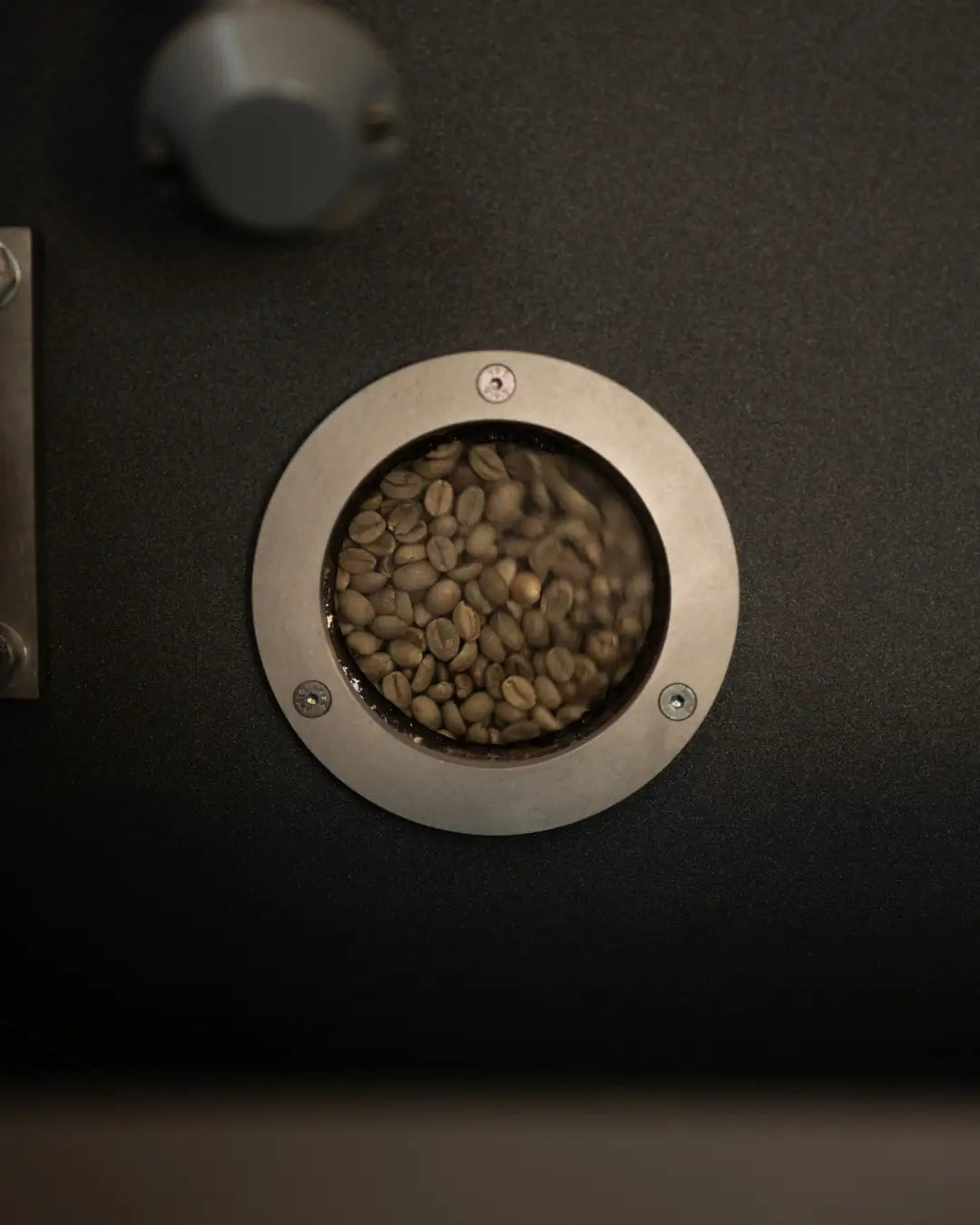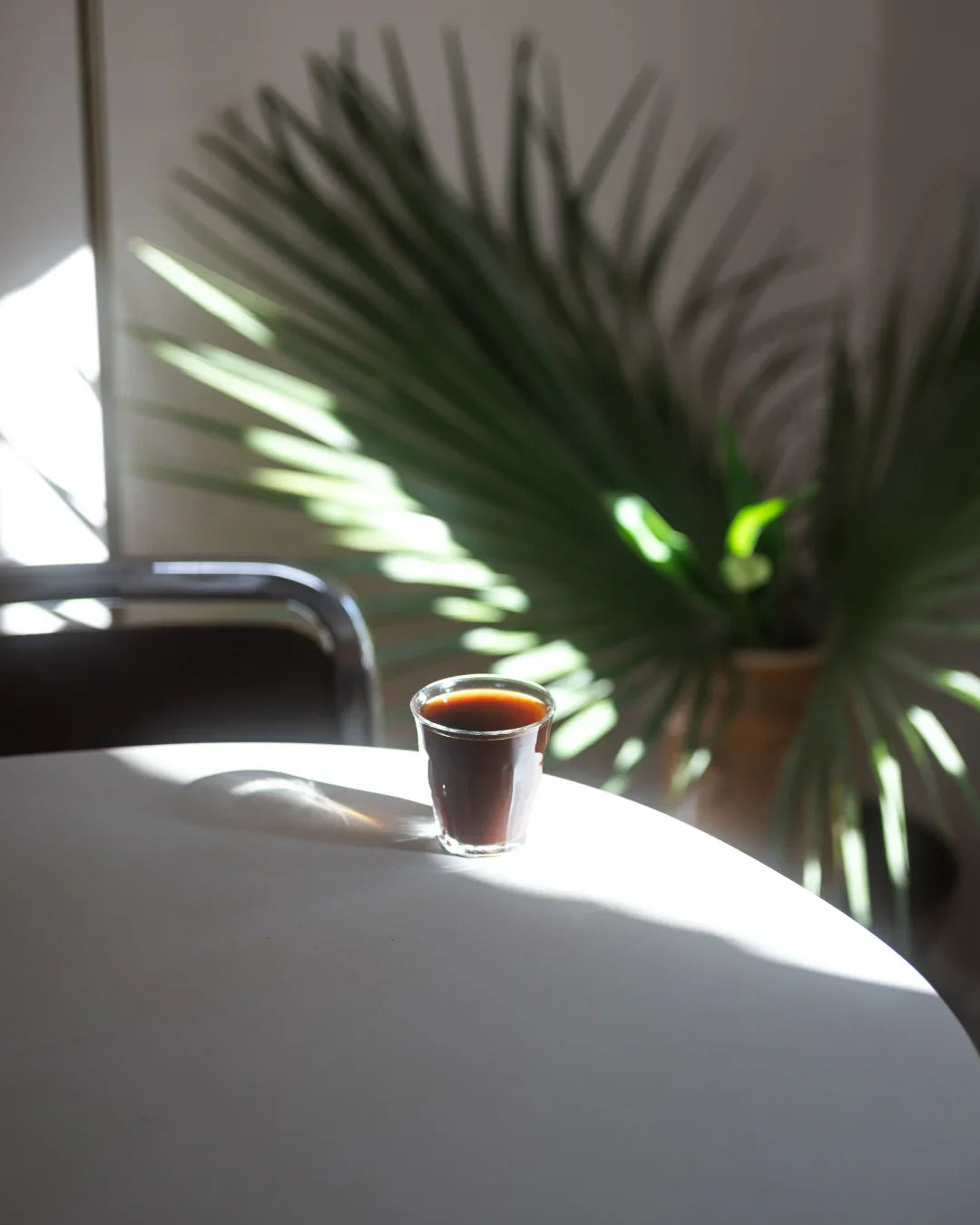Article: How do you recognize high-quality coffee beans?

How do you recognize high-quality coffee beans?
Good coffee starts with good beans - but how do you actually recognize quality? Whether in the supermarket or in the specialty roastery, the selection is huge. While some coffees have an intense aroma and a fine acidity, others taste flat or even bitter. To make sure you make the right choice the next time you buy coffee, here you can find out what to look out for.
1. Origin and cultivation
Good coffee begins with cultivation. High-quality beans often come from specific growing areas with ideal conditions, such as Ethiopia, Colombia or Guatemala. The cultivation method is also an indication of quality: coffees with organic or fair trade certificates guarantee sustainable and often gentler production processes.
2. Arabica or Robusta?
The two most popular types of coffee, Arabica and Robusta, differ not only in taste but also in quality.
- Arabica beans are usually of higher quality because they grow at higher altitudes and develop a more complex aroma with fruity or nutty notes.
- Robusta beans are stronger, contain more caffeine and often have earthy or chocolatey notes. Runar's Robusta beans are the best quality on the market and were deliberately integrated into the roasting process for the chocolatey taste.
4. Freshness and roasting level
A crucial quality feature is the roasting date. The fresher the beans, the better the aroma. High-quality coffees are usually roasted by hand in small batches and have a roasting date on the packaging. Another indication: gentle, long-term roasting (15-20 minutes) ensures a full-bodied taste, while industrially roasted coffee is often over-roasted and therefore becomes bitter. Since Runar's beans are roasted in a small, traditional roastery, we can guarantee this method.
5. Packaging and storage
Good coffee beans are sold in packaging with an aroma valve. This allows gases to escape without oxygen getting in - important for maintaining freshness. Plastic packaging without a valve is an indication of poor quality, as it does not protect the beans optimally.
6. Taste test: variety of flavors instead of bitterness
The best test is of course the taste. High-quality beans are characterized by a balanced aroma - they can taste fruity, nutty, chocolatey or floral. Cheap or poorly roasted beans often leave a burnt or unpleasantly bitter aftertaste.
Conclusion: Quality pays off
If you want to enjoy high-quality coffee, you should look for whole beans, fresh roasting and transparent origins. A look at the packaging, the quality of the beans and the taste test will help you avoid inferior goods. Ultimately, the more consciously you choose, the better the coffee experience.
